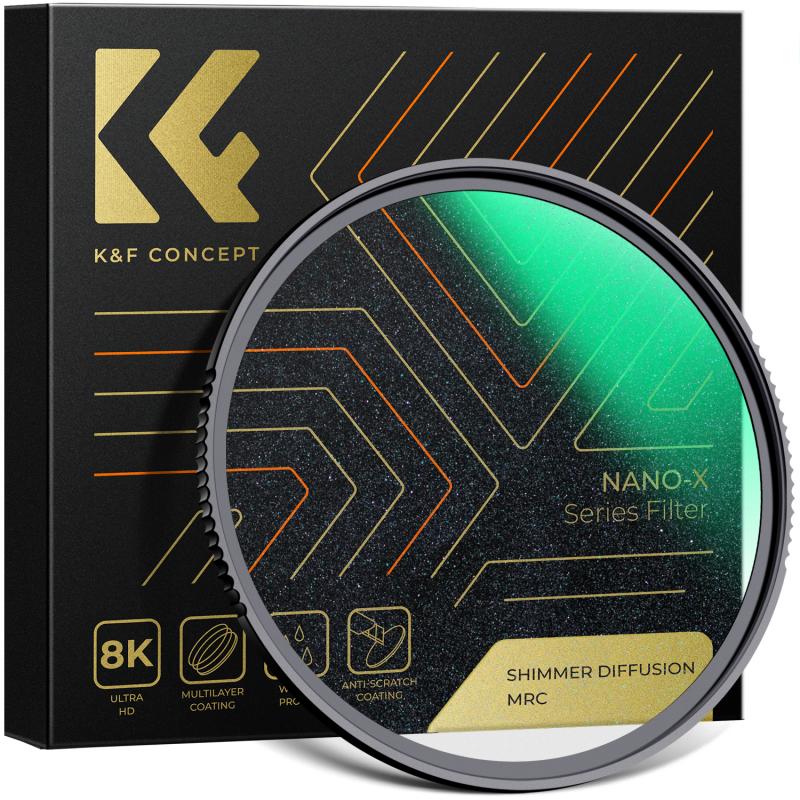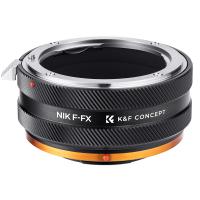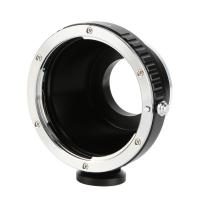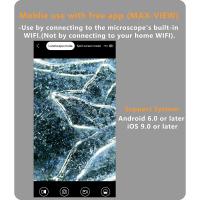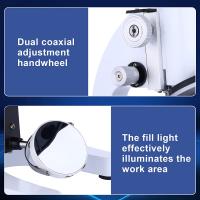What Does The Mirror Do On A Microscope ?
The mirror on a microscope is used to reflect light onto the specimen being observed. It helps to illuminate the specimen and enhance visibility.
1、 Reflects and directs light onto the specimen
The mirror on a microscope serves a crucial function in reflecting and directing light onto the specimen. This is essential for proper illumination and visualization of the specimen under examination. The mirror is typically located at the base of the microscope and is positioned at a specific angle to optimize the lighting conditions.
When using a microscope, it is important to have adequate illumination to observe the specimen clearly. The mirror plays a key role in achieving this by reflecting light from an external source, such as a lamp or natural light, onto the specimen. By adjusting the angle of the mirror, the intensity and direction of the light can be controlled, allowing for optimal illumination of the specimen.
The mirror is designed to have two sides: a concave side and a flat side. The concave side is used for reflecting natural light, while the flat side is used for reflecting artificial light sources. This versatility allows the microscope to be used in various lighting conditions.
In recent years, advancements in microscope technology have led to the development of alternative illumination methods, such as LED lights. These newer microscopes may not have a traditional mirror but instead utilize built-in LED lights for illumination. However, the principle remains the same - directing light onto the specimen to enhance visibility.
In conclusion, the mirror on a microscope reflects and directs light onto the specimen, enabling proper illumination for observation. While newer microscope models may incorporate alternative lighting methods, the fundamental purpose of the mirror remains unchanged - to optimize lighting conditions and enhance the visualization of the specimen.
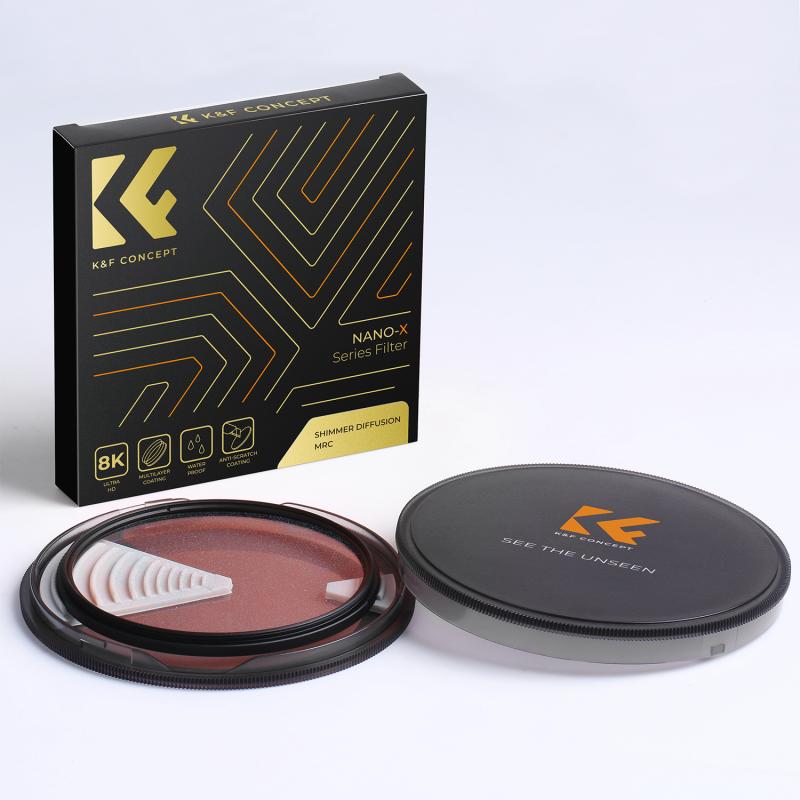
2、 Enhances visibility and resolution of the specimen
The mirror on a microscope plays a crucial role in enhancing the visibility and resolution of the specimen being observed. The mirror is typically located at the base of the microscope and is responsible for directing light towards the specimen. This light is essential for illuminating the specimen and allowing it to be seen clearly.
When light from an external source, such as a lamp or natural light, enters the microscope, it is reflected by the mirror towards the condenser lens. The condenser lens then focuses the light onto the specimen, making it visible to the observer. Without the mirror, the specimen would not receive adequate illumination, resulting in a dim or unclear image.
The mirror also contributes to the resolution of the microscope. Resolution refers to the ability of the microscope to distinguish between two closely spaced objects as separate entities. By providing proper illumination, the mirror helps to enhance the contrast between the specimen and its background, allowing for better resolution. This is particularly important when observing small or intricate structures within the specimen.
It is worth noting that the use of mirrors in microscopes has evolved over time. In modern microscopes, mirrors are often replaced by built-in light sources, such as LED or halogen bulbs. These light sources provide consistent and adjustable illumination, eliminating the need for manual adjustment of the mirror. However, the fundamental purpose of enhancing visibility and resolution remains the same.
In conclusion, the mirror on a microscope is responsible for directing light towards the specimen, thereby enhancing visibility and resolution. While the use of mirrors in microscopes has evolved, their importance in providing adequate illumination and contrast remains crucial for obtaining clear and detailed images of specimens.

3、 Adjusts the angle and intensity of the light source
The mirror on a microscope serves a crucial function in adjusting the angle and intensity of the light source. It plays a vital role in illuminating the specimen being observed, allowing for clear and detailed visualization under the microscope.
The mirror is typically located beneath the stage of the microscope and is positioned at a specific angle to reflect light from an external source, such as a lamp or natural light, onto the specimen. By adjusting the angle of the mirror, the direction of the light can be controlled, ensuring that it is properly directed onto the specimen. This is particularly important when observing transparent or translucent samples, as proper illumination enhances contrast and visibility.
In addition to controlling the angle, the mirror also helps regulate the intensity of the light source. By tilting the mirror, the amount of light reflected onto the specimen can be adjusted. This is crucial as excessive or insufficient light can negatively impact the quality of the image. Too much light can cause glare or wash out the details, while too little light can result in a dim image that is difficult to observe.
It is worth noting that modern microscopes often utilize built-in LED or halogen light sources, which may not require the use of a mirror. In such cases, the mirror function may be replaced by other mechanisms, such as adjustable diaphragms or intensity controls on the microscope itself. However, for microscopes that still rely on external light sources, the mirror remains an essential component for optimizing illumination.
Overall, the mirror on a microscope is a critical tool for adjusting the angle and intensity of the light source, ensuring optimal illumination and enabling clear visualization of the specimen.

4、 Helps in focusing and magnifying the image
The mirror on a microscope plays a crucial role in the functioning of the instrument. Its primary purpose is to direct light onto the specimen being observed. By reflecting light from an external source, the mirror helps illuminate the specimen, making it visible under the microscope.
The mirror is typically located beneath the stage of the microscope and is adjustable to control the intensity and angle of the light. This adjustability allows the user to optimize the lighting conditions for different specimens and objectives. By manipulating the mirror, one can enhance the contrast and clarity of the image, making it easier to observe and analyze.
In addition to providing illumination, the mirror also aids in focusing and magnifying the image. When light passes through the objective lens, it converges onto the specimen, and the resulting image is then magnified by the eyepiece. The mirror ensures that the light is properly focused on the specimen, allowing for a clear and magnified view.
It is worth noting that modern microscopes often use built-in LED or halogen light sources instead of mirrors. These light sources provide consistent and adjustable illumination, eliminating the need for manual adjustment of the mirror. However, the fundamental purpose of directing light onto the specimen remains the same.
In conclusion, the mirror on a microscope serves the essential functions of illuminating the specimen and assisting in focusing and magnifying the image. While advancements in technology have led to alternative lighting methods, the mirror remains a fundamental component in many microscopes, enabling scientists and researchers to explore the microscopic world with precision and clarity.
